Cobra Kai’s Hidden Weapon: The Art of Pressure Points
Introduction
“Cobra Kai,” the contemporary sequel to the beloved “Karate Kid” franchise, has captivated audiences with its compelling narratives, dynamic character arcs, and, of course, its martial arts choreography. However, beyond the flashy fights and the nostalgic references, lies a deeper aspect of martial arts that many viewers might overlook: the art of pressure points.
Pressure points, also known as acupressure or kyusho jitsu in martial arts circles, are sensitive areas on the body that, when targeted, can produce varying effects—ranging from immobilization to immediate pain. Throughout “Cobra Kai,” the strategic use of pressure points may not always be front and center, but they certainly lurk beneath the action, influencing outcomes in subtle yet significant ways.
This article will explore the principles of pressure points as they relate to martial arts, their representation in “Cobra Kai,” and the philosophical implications that resonate with the show’s core themes of balance, discipline, and self-discovery.
Understanding Pressure Points
What Are Pressure Points?
Pressure points are specific locations on the body that are associated with nerve endings or groups of sensory receptors. In many martial arts disciplines, practitioners are trained to strike, push, or manipulate these points to gain an advantage in combat. The effectiveness of targeting pressure points comes from the body’s physiological responses, which can include pain, loss of mobility, or even unconsciousness.
Historical Context
The use of pressure points is not a modern invention. They can be traced back thousands of years in various martial arts traditions. For example, traditional Chinese medicine and Japanese jujutsu have long utilized the concept of pressure points within their respective fighting styles. This historical context lays the groundwork for understanding why they are subtly woven into the fabric of martial arts training, even if they are not explicitly discussed.
The Pressure Point Philosophy in “Cobra Kai”
Character Development and Pressure Points
In “Cobra Kai,” characters evolve not only through physical confrontations but also through emotional and psychological challenges. The series emphasizes the importance of mental fortitude, suggesting that emotional pressure points can be just as impactful as physical ones. For instance:
-
Daniel LaRusso: As the protagonist, Daniel learns to channel his inner strength, confronting his past and using it to mold his present and future.
-
Johnny Lawrence: His struggle with self-identity and redemption highlights how psychological pressure points can be manipulated to foster change and growth.
-
Miguel Diaz: Miguel’s journey underscores the critical balance of discipline and aggression, mirroring the way pressure points can be both a weapon and a means of self-control.
The interplay between these characters illustrates the duality of pressure—both internal and external—and how mastery over oneself is as crucial as mastering physical techniques.
Fighting Style: The Tactical Advantage
“Cobra Kai” showcases a range of fighting styles, each with unique methods and philosophies. While not always depicted in explicit terms, the principles of targeting pressure points can be observed throughout the series. For example:
-
Surprise Attacks: Quick, calculated strikes to pressure points can incapacitate opponents, aligning with the show’s many surprise confrontations.
-
Psychological Warfare: Characters often find themselves in positions where their psychological vulnerabilities are exploited, paralleling how physical pressure points can be used to subdue an adversary.
The show emphasizes that mastery of martial arts, much like life challenges, often hinges on knowing when to attack, when to defend, and how to manipulate the situation to one’s advantage.
Techniques and Principles of Pressure Points
Basic Pressure Point Techniques
Training in pressure points often involves various techniques that can be used effectively in combat. Some widely recognized techniques include:
-
The Temple Strike: Targeting the temple can cause disorientation.
-
The Solar Plexus Hit: An attack here can incapacitate an opponent by disrupting their breathing.
-
The Suprascapular Nerve Strike: A hit to this pressure point can cause temporary paralysis in the arm.
These techniques, although not always flashy, exemplify the underlying tactic of efficiency over aggression that is often depicted in “Cobra Kai.”
The Role of Pressure Points in Conflict Resolution
Defending Oneself
“Cobra Kai” emphasizes self-defense as a core teaching of martial arts. The understanding of pressure points enables practitioners to utilize minimal force for maximum effect, which is particularly relevant in conflict situations. The show’s characters frequently find themselves navigating conflicts not only in physical realms but also in emotional landscapes.
-
Miguel’s Confrontations: His understanding of martial arts helps him stand up against bullies, showcasing the physical application of pressure points while also navigating emotional conflicts.
-
The Kreese Philosophy: John Kreese represents a more aggressive and unrelenting approach, which contrasts with the more balanced methods promoted by other characters. Pressure points embody the philosophy that sometimes, less is more—as the right touch can neutralize a threat without escalating violence further.
The Importance of Control
Control is a recurring theme in “Cobra Kai,” and this extends to the mastery of pressure points. From a martial arts perspective, understanding pressure points allows for better situational control. The philosophy here aligns with the idea that one should not only seek to defeat an opponent physically but also understand the broader implications of conflict.
Cultural Significance of Pressure Points
Influence Across Martial Arts
The depiction of pressure points in “Cobra Kai” serves as a microcosm of the broader cultural significance of martial arts. Pressure points are found in numerous styles, including:
- Kung Fu
- Karate
- Aikido
- Muay Thai
Each discipline incorporates targeting pressure points differently, representing a rich tapestry of cultural narratives and traditions.
Conclusion: The Philosophical Implications of Pressure Points
As we dive deeper into the martial arts showcased in “Cobra Kai,” it becomes apparent that pressure points are not merely physical techniques but carry profound philosophical implications. The understanding of pressure points in martial arts aligns with essential life lessons about balance, control, and mindfulness. Characters who grapple with their internal struggles mirror the complex layers of pressure that exist not only within a combat scenario but also in the larger narrative of personal growth and resilience.
In the end, “Cobra Kai” provides a striking commentary on the nature of conflict, mastery, and the delicate interplay between aggression and control. Just as a martial artist learns to navigate the complexities of their physical environment, so too must they learn to interact with their emotional landscapes—targeting the right pressure points at the right moments can lead to breakthroughs, not just in combat, but in life itself.
References
- Pelkey, D. (2018). The Hidden Art of Kyusho Jitsu: Insights into Pressure Points and Their Applications in Martial Arts. Martial Arts Press.
- Scott, L., & Lee, H. (2020). Karate and Mindfulness: Exploring the Connection between Physical and Mental Mastery. Yoga Journal.
- Wong, J. (2019). Traditional Chinese Medicine and the Application of Acupressure in Martial Arts. Chinese medicine Journal.
- Simpson, R. (2021). Fighting Philosophy: The Reflective Practices in Martial Arts and Their Personal Implications. Fighter’s Journal.















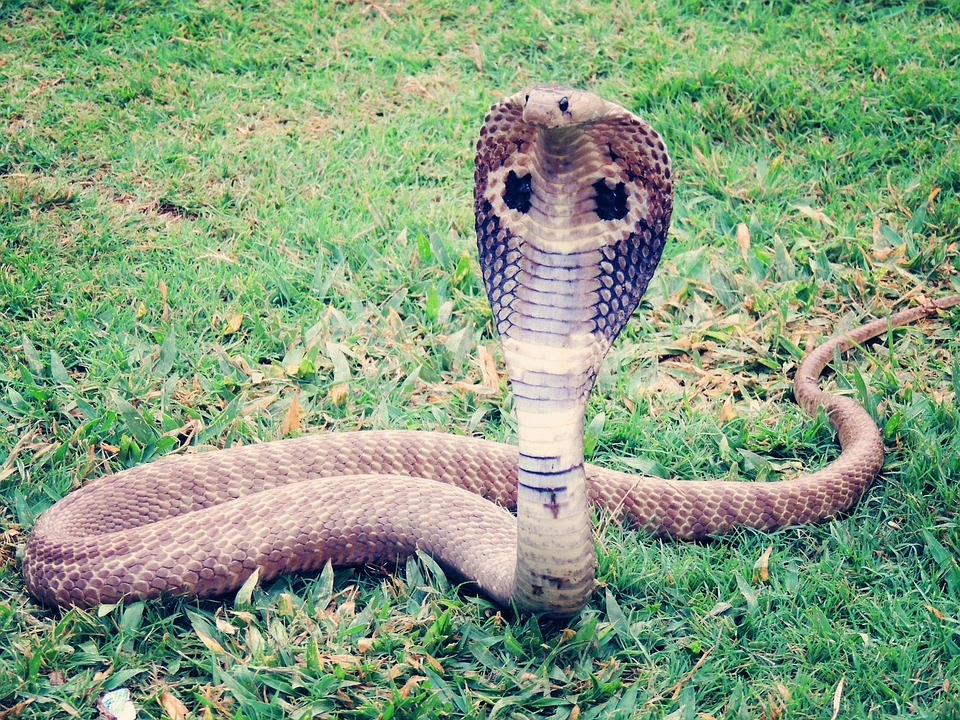
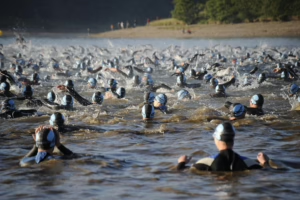
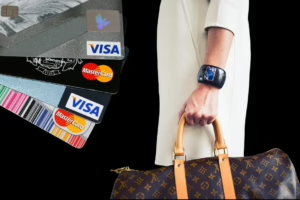
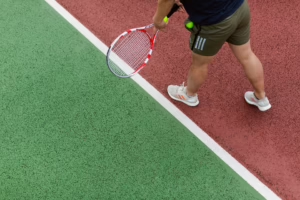
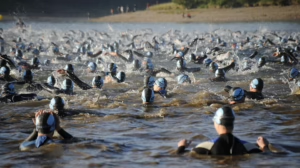
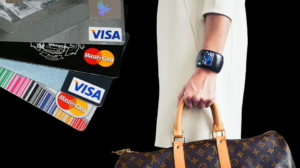
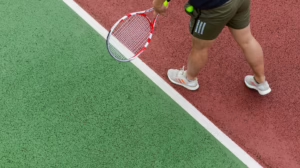




Add Comment